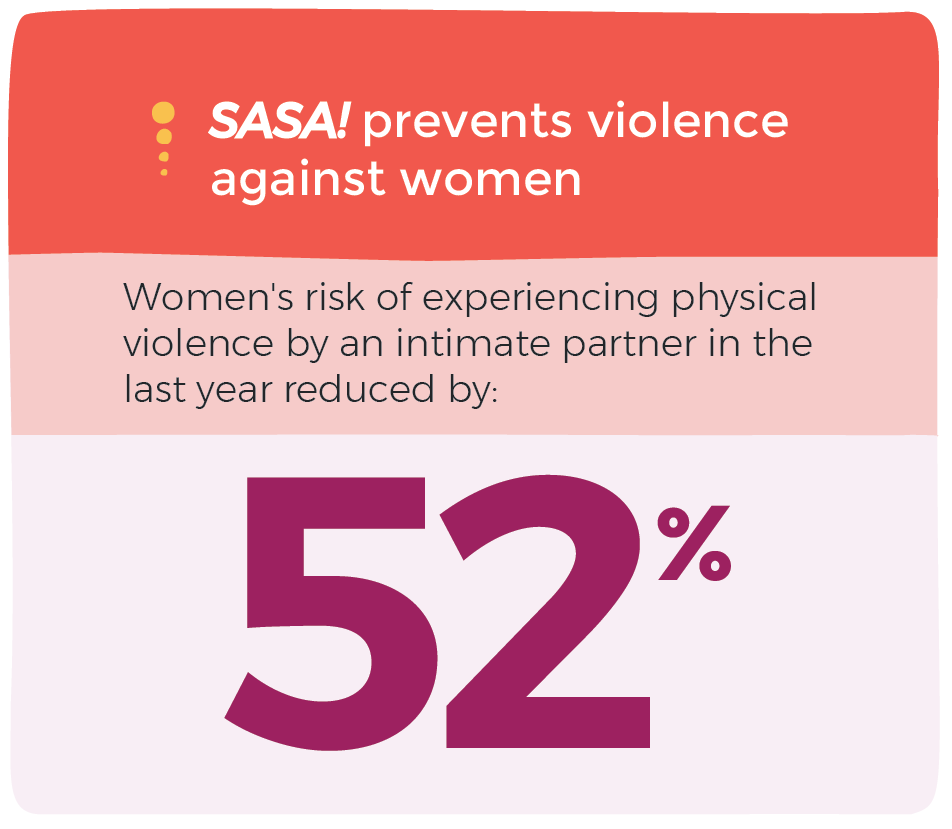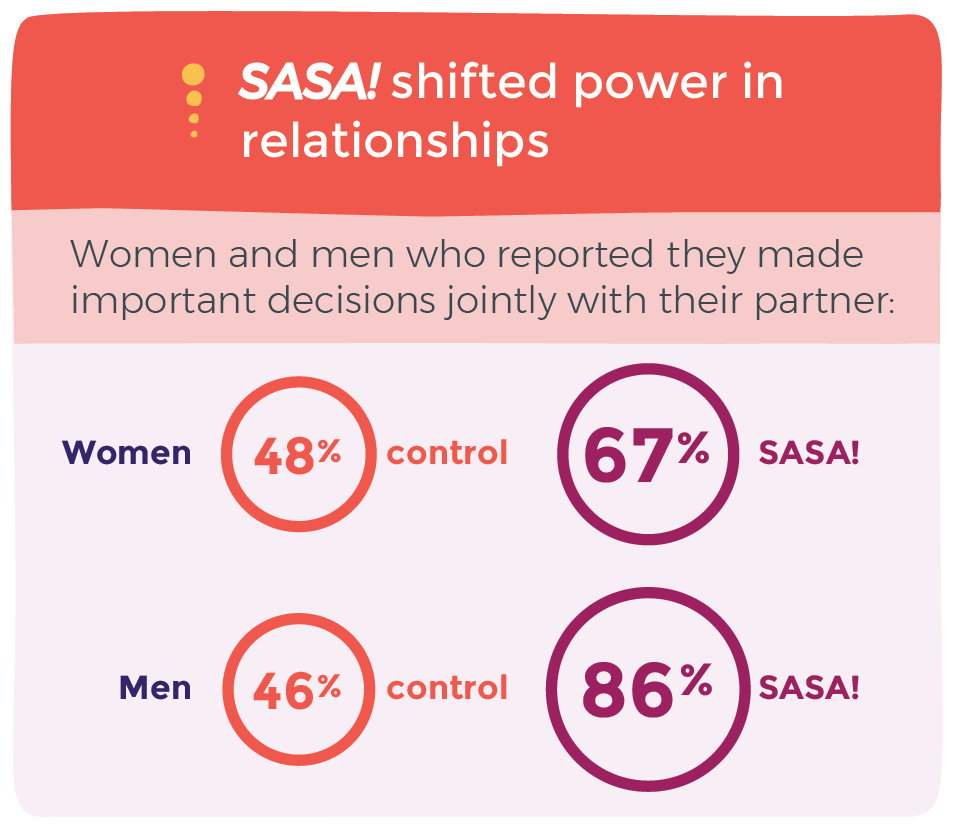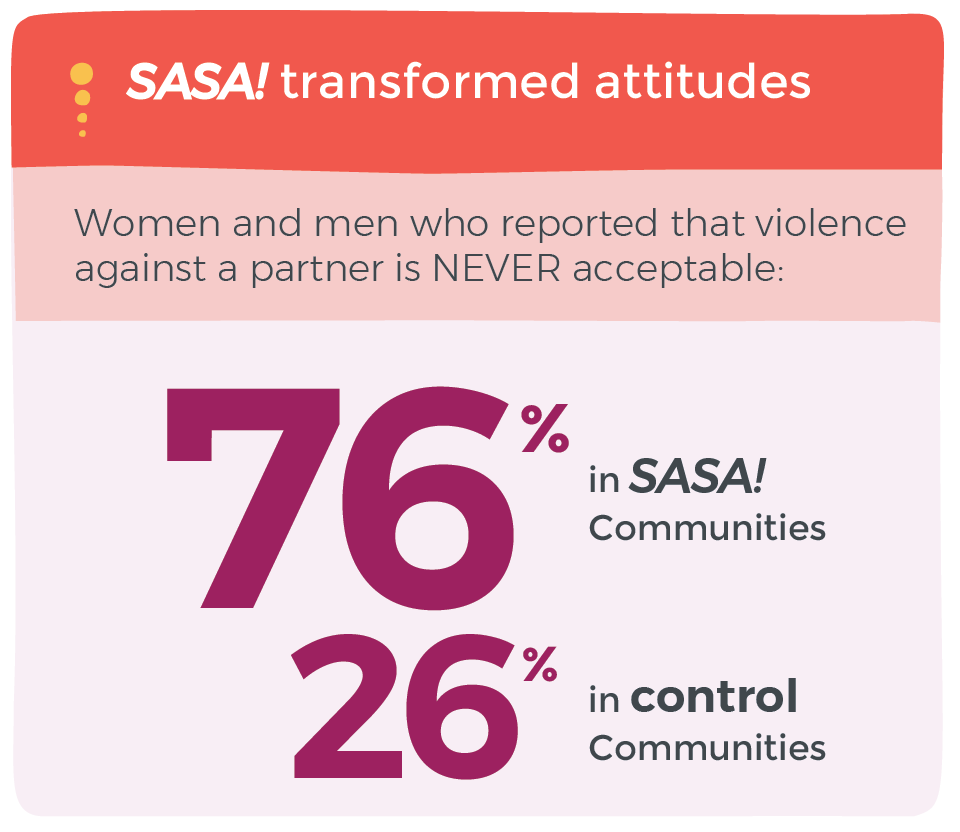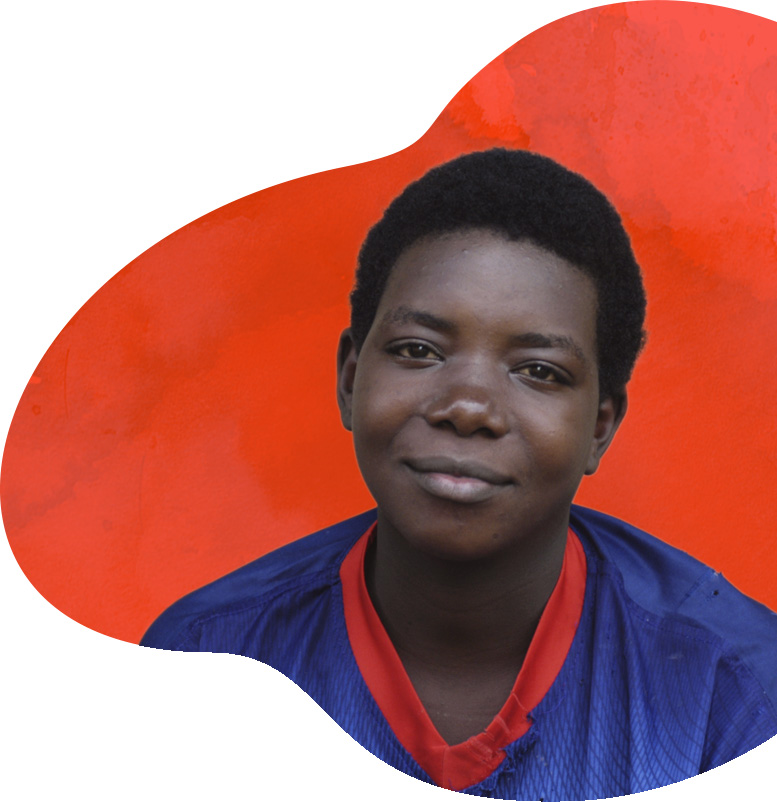Hello, you are using an old browser that's unsafe and no longer supported. Please consider updating your browser to a newer version, or downloading a modern browser.
Hello, you are using an old browser that's unsafe and no longer supported. Please consider updating your browser to a newer version, or downloading a modern browser.

From 2007 to 2013, we embarked on the SASA! Study with partners the Center for Domestic Violence Prevention (CEDOVIP), the London School of Hygiene and Tropical Medicine and Makerere University. The research was designed according to the highest standards of rigor—a randomized controlled trial—to provide solid evidence of SASA!’s impacts in the community.
Over several years of intensive work, we learned the ins and outs of impact evaluations, qualitative research and costing studies. Read more about this journey in our learning paper Growing as an Activist Organization Through Evaluation Research.
We found that SASA! decreased women’s risk of experiencing physical violence from their male partners by 52 percent.
This is a community-level result, meaning the reduction in risk of violence remained true for all women living in SASA! communities, regardless of whether or not they participated in SASA! activities. While we at Raising Voices have always believed in the power of our methodologies, the SASA! Study changed the field. For the first time, we stood on unequivocal evidence that feminist programming can fundamentally transform norms and prevent violence against women. And we learned that these profound shifts do not require generations—they can be realized within the lifespan of a single program when community members lead the way.
Additional important findings include:


Beyond generating evidence of program impact, the SASA! Study concluded the program is relatively low-cost and lifted up several aspects of the design as essential drivers of change—most notably, working with both women and men together, supporting community activists to lead the work and encouraging everyone to take action to prevent violence.
The research generated 10 peer-reviewed publications, a popular synthesis report and countless programmatic resources. These findings inspired many to adopt and adapt the methodology, catalyzing SASA!’s move onto the global stage and widespread scale-up.

When I joined SASA!…I did not think it would change my life to this level. I have gained confidence, and I now believe in myself. I do not fear like I used to. I now speak out and am able to reach out to others experiencing violence without blaming them. Now, I am able to talk about things that affect my relationship. SASA! has changed my life. …I’m proud to be a SASA! activist.
